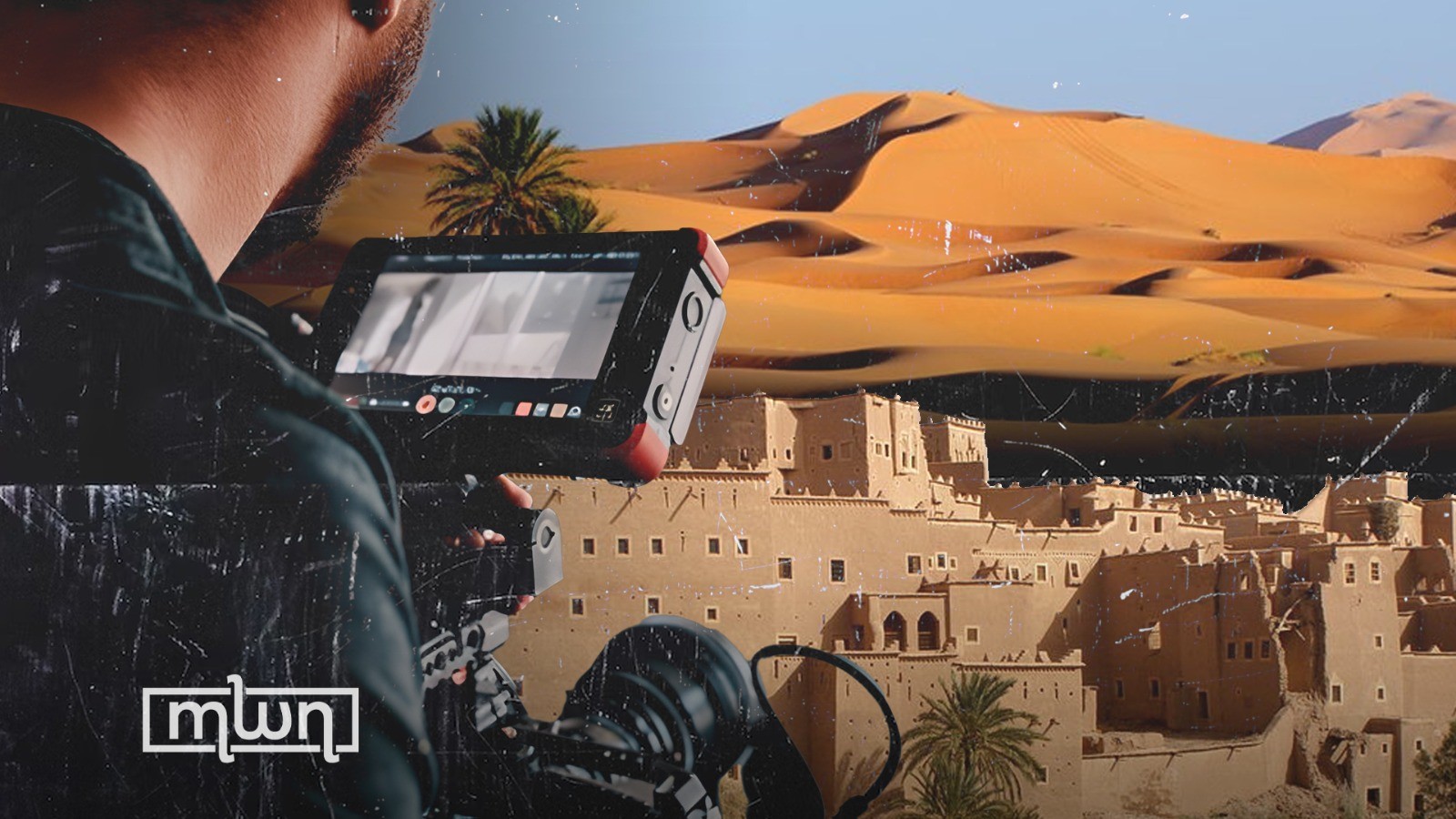Under the sweltering Saharan sun, a film crew works diligently to capture the perfect shot. Nearby, actors dressed in ancient Roman armor wait for their cue. The dramatic landscape stretches for miles in every direction, sand dunes and date palms swaying gently in the breeze. This may sound like a scene from an upcoming historical epic, but it is an increasingly common sight in Morocco.
The North African country’s diverse landscapes and cities have long provided the perfect cinematic backdrop, cementing its status as a premier global film location. For over a century, Morocco has enchanted audiences and filmmakers alike with its visual splendor and cultural riches.
Morocco’s Ascent as a Filming Hotspot
The country’s rise as a filming location has been decades in the making. The enduring classic “Casablanca” brought international attention to the North African nation’s scenic cities in the 1940s. But Morocco’s cinematic potential was fully realized through David Lean’s sweeping epic “Lawrence of Arabia” in the 1960s, which prominently featured the country’’s Saharan splendor.
This marked the beginning of Morocco’s film tourism boom. Over the next several decades, Morocco hosted the production of numerous Hollywood hits, including “The Mummy,” “Gladiator,” and “Game of Thrones.” The nation also developed infrastructure and tax incentives aimed at attracting foreign filmmakers, cementing its reputation as a filming hub.
Today, Morocco offers foreign productions a cash rebate of up to 30% on filming expenses over $1 million. As a result, international filmmakers invested over $100 million in the country in 2022 alone. “Gladiator 2,” currently shooting near Ouarzazate, is poised to be the biggest foreign production yet with its $200 million budget. According to estimates, the sequel could inject around $30 million into the local economy.
The film industry’s growing interest in Morocco has been a boon for the country, boosting tourism and creating thousands of jobs. Morocco now boasts a skilled film workforce adept at catering to the needs of Hollywood and international productions. Multiple studios around Ouarzazate, the main film hub, provide state-of-the-art production facilities. Ouarzazate has fittingly earned the nickname “Hollywood of Africa.”
A Universe of Cinematic Landscapes
But what makes Morocco so appealing to filmmakers worldwide? For one thing, the diversity of its landscapes and cities provides endless cinematic possibilities.
Majestic Mountains
The snow-capped Atlas Mountains contain some of Morocco’s most striking scenery. Their breathtaking peaks and valleys create a dramatic backdrop for period pieces and sweeping historical epics.
The Atlas Mountains’ towering elevation provides a view of the countryside for miles, allowing for panoramic landscape shots. Filmmakers capitalize on this bird’s-eye perspective to establish grand, sweeping settings for their stories against the rugged terrain.
Films like “Kingdom of Heaven” harnessed their beauty to transport audiences to medieval worlds filled with adventure. The mountains’ rugged terrain also provides an authentic setting for action and combat sequences.
Desert Wonder
Morocco’s Sahara Desert is a filmmaker’s playground, with endless dunes that stretch as far as the eye can see. Its seas of sand and oasis towns have brought numerous scripts to life, from classics like “Lawrence of Arabia” to recent hits like “Star Wars.”
The Sahara Desert’s vast and undulating dunes create an organic, ever-changing terrain. Cinematographers embrace the Nomadic encampments allowing crews to film a diversity of desert scenes, from isolated wanderers to bustling marketplaces.
The desert’s otherworldly landscapes evoke mystery, isolation, and discovery – the perfect ingredients for Hollywood magic. Camera crews embrace the awe-inspiring Sahara to create exotic alien planets, ancient civilizations, and action-packed sequences.
Coastal Charm
Morocco’s 3,500 kilometers of coastline provide idyllic settings for filming. The windswept beaches, historic ports, and Kasbah-dotted landscapes of cities like Tangier and Essaouira create unforgettable backdrops that transport audiences oceanside.
The alternating rocky cliffs and sandy beaches of the coastline form a visually dynamic landscape for filming. Directors utilize the contrasting textures to establish multifaceted settings against the sea.
These coastal locations bring scripts to life through their tranquility, charm, and access to the glistening waters of the Mediterranean and Atlantic.
Cinematic Cities
From the mazes of medieval medinas to Art Deco French quarters, Morocco’s cities are infused with character. Marrakesh’s snake charmers, souks, and palaces form vivid market scenes that dazzle the senses.
The winding alleys and vibrant architecture of Morocco’s cities provide complex, layered settings. Cinematographers embrace the cities’ density and intricacy to shoot dynamic chase scenes and establish rich urban atmospheres.
The timeless architecture of Chefchaouen and Fez creates Old World charm. And Casablanca’s cosmopolitan energy compliments its iconic harbor vistas. Morocco’s diverse urban landscapes provide filmmakers with infinite inspiration to weave stories against the fabric of these living historic centers.
A Supporting Cast of Facilities
Morocco supports its breathtaking filming locations with state-of-the-art production facilities. Since the early 2000s, the nation has established numerous studios and sound stages tailored to foreign filmmakers.
Just outside Ouarzazate, CLA Studios and Atlas Corporation Studios contain expansive lots used for building intricate sets. Their production equipment, editing facilities, and backlots reduce the need for foreign crews to transport materials.
Morocco also boasts a network of production companies to coordinate projects, recruit crews, obtain permits, cater events, and meet any needs that arise. Experienced line producers handle complex logistics, allowing directors to focus on the creative process.
This infrastructure enables filmmakers to maximize efficiency and concentrate their budgets on on-screen magic, not behind-the-scenes headaches. For major studios and independents alike, Morocco simplifies moviemaking.
As film crews from across the globe continue flocking to Morocco, this North African gem has undoubtedly cemented its starring role in cinema. For over a century, Morocco has mesmerized audiences by sharing its natural splendor and cultural richness with the world through the camera lens.
The nation offers a universe of cinematic possibilities as limitless as the Sahara’s dunes. With its diversity of landscapes and cities, Morocco stands ready to enchant many more generations of filmmakers. Its magnificent mountains, deserts, coasts, and kasbahs promise endless inspiration. So as the sun rises over the Atlas Mountains once more, Morocco prepares to shine again in its next cinematic closeup.
















